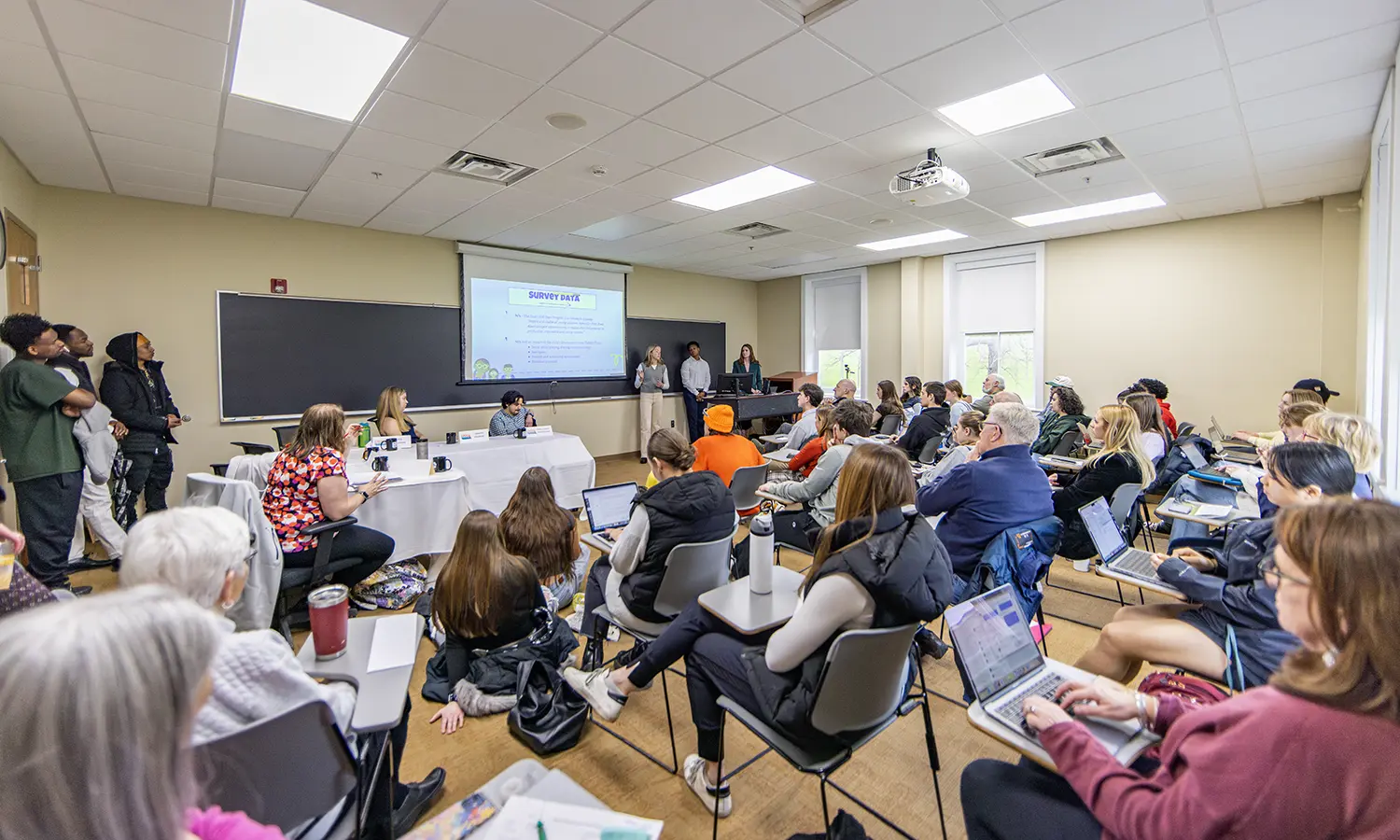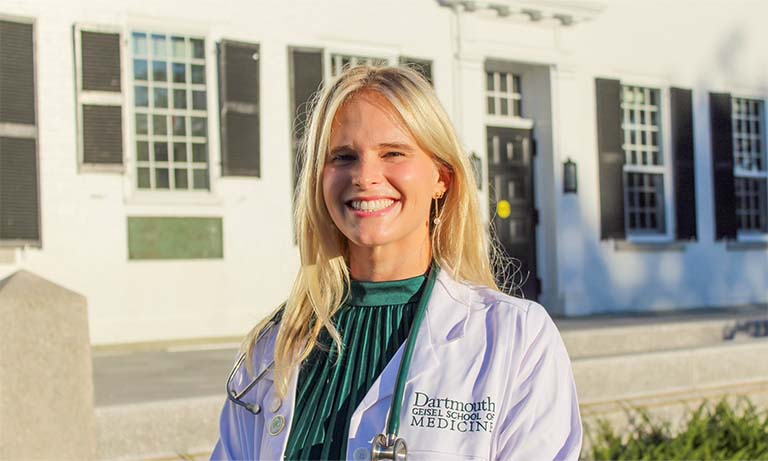
HWS News
24 April 2025 • Research National Research Recognition: HWS Receives “Research College” Designation from Carnegie Classification of Colleges and Universities
Carnegie recognizes HWS as one of the most committed institutions among colleges and universities across the country for research and development, highlighting opportunities for faculty mentored study and impact of cutting-edge research.
Hobart and William Smith has been recognized for its commitment to and contributions in research, receiving the distinction on a notable list of “Research Colleges and Universities,” a designation established this year by the Carnegie Classification of Institutions of Higher Education.
The Carnegie Classification, a leading framework that has recognized institutions in U.S. higher education for decades, is managed by the American Council on Education and the Carnegie Foundation for the Advancement of Teaching, which recently published the 2025 list of Research Colleges and Universities. In announcing the list of institutions awarded this designation, it notes that an updated methodology was used to create a category that better reflects the wide-ranging landscape of research contributions among colleges and universities across the country and how well they serve their students.
As one of just 216 institutions across the nation recognized this year on the Carnegie Classification list, the distinction underscores the significant ways HWS has committed to providing meaningful opportunities for faculty and undergraduate student research. Out of the 216 institutions, only 38 are primarily undergraduate institutions.
Provost and Dean of the Faculty Sarah Kirk says she was delighted that HWS was among the first colleges to receive the Carnegie classification of a Research College. “This designation highlights our commitment to scholarship both for our faculty and students. HWS has been very successful in obtaining research dollars and we currently have two National Science Foundation REUs and one National Institute of Health AREA grant. These competitive science grants highlight the cutting-edge research our faculty are doing with students,” says Kirk, a noted chemist. “Each summer, we support about 100 students on campus in summer scholarship through the support of outside grants and endowed funds contributed by generous donors. Additionally, we value the teacher scholar model and dedicate resources every academic year to ensure that faculty can stay up to date in their fields. Our students benefit directly both working with faculty on their scholarship and in the classroom.”
The teacher scholar model referenced by Provost Kirk enables students to work closely with faculty members, developing their skills and working on impactful research in various areas in both the sciences and social sciences.
Earlier this past month, the National Science Foundation awarded a competitive “Research Experiences for Undergraduates” grant of more than $350,000 to Professor of Geoscience Nan Crystal Arens for her project “Collaborative Research: REU Site: Microplastic Sources, Sinks, Transport and Environmental Impact across the Finger Lakes Watershed.” Students involved will have the opportunity to work with faculty members as mentors to design a project, complete field work and perform laboratory analysis, studying the environmental impact of microplastics pollution across the Finger Lakes.
This designation as a “Research College” from Carnegie comes at an exciting time as opportunities for HWS students to engage in meaningful, cutting-edge research will be taken to the next level with the development of a new, integrated science center. At nearly 40,000 square feet, the Fish Center for the Sciences is set to break ground in January of 2026 and will offer four floors of classrooms, labs, faculty offices and instrumentation and equipment spaces that will help unify STEM teaching, learning and research on campus, deepening HWS’ commitment to this key academic priority.
“Research is one of the pillars of American higher education, so it is crucial we have a comprehensive view of how it is reflected at institutions across the country,” says Mushtaq Gunja, executive director of the Carnegie Classification systems and senior vice president of the American Council on Education. Read more about the Carnegie Classification framework here: Carnegie Classifications Release 2025 Research Activity Designations, Debut Updated Methodology.
In the photo above, Thomas McCue ’26, Javier Pacheco ’26 and Rachel Faust ’26 work in a chemistry lab.



